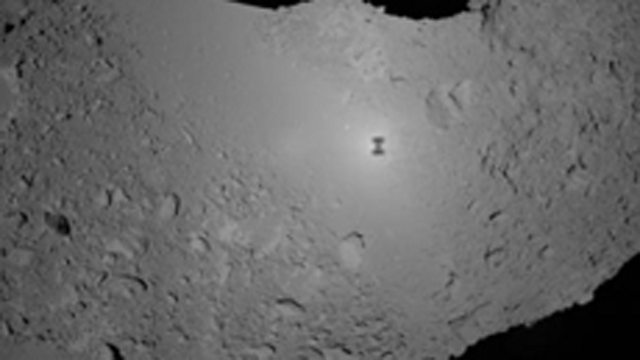Hayabusa 2’s Rovers Land on Asteroid
Hayabusa 2’s rovers land on asteroid. PCBs are killing our killer whales and impact of WW2 bombing raids felt at the edge of space
The audacious Japanese space mission has successfully landed two rovers (Minerva II 1a + b) on the surface of asteroid Ryugu. The asteroid is currently 4 years travel away from Earth, so much of the mission has been carried out autonomously.
Killer of Killer Whales
Despite being banned in the 1980’s the organophosphate PCB is killing the world’s killer whales. As top predators, killer whales, or Orca, bioaccumulate the toxin in their fat reserves and then nursing mothers pass on the chemical to the young in their fat-rich milk. PCBs are endocrine disruptors and affects breeding success, so researchers are seeing fewer and fewer calves being born. And the worst part is that the chemicals, despite the 40 year ban, are still very persistent in the oceans.
Ionosphere and World War 2 Bombs
The bombs used by Allied forces during the Second World War were big enough to weaken the Earth's upper atmosphere. By calculating the energies of the Allied bombing raids over Europe between 1943 and 45 and referring back to ionospheric measurements made at the time over Slough in the South of England. The team at Reading University can calibrate the ionospheric wobbles and use this to work out how much energy is in natural events such as earthquakes and thunder storms which also perturb this atmospheric layer at the edge of space.
Picture: The tiny shadow of Hayabusa 2 on asteroid Ryugu, Credit: JAXA
Presenter: Roland Pease
Producer: Fiona Roberts
Last on
Broadcasts
- Thu 27 Sep 2018 19:32GMTΒι¶ΉΤΌΕΔ World Service except News Internet
- Fri 28 Sep 2018 04:32GMTΒι¶ΉΤΌΕΔ World Service except Australasia, East and Southern Africa, News Internet & West and Central Africa
- Fri 28 Sep 2018 06:32GMTΒι¶ΉΤΌΕΔ World Service East and Southern Africa & Australasia only
- Fri 28 Sep 2018 10:32GMTΒι¶ΉΤΌΕΔ World Service West and Central Africa
- Fri 28 Sep 2018 14:32GMTΒι¶ΉΤΌΕΔ World Service Australasia
- Sun 30 Sep 2018 01:32GMTΒι¶ΉΤΌΕΔ World Service West and Central Africa
- Mon 1 Oct 2018 00:32GMTΒι¶ΉΤΌΕΔ World Service except News Internet & West and Central Africa
Podcast
-
![]()
Science In Action
The Βι¶ΉΤΌΕΔ brings you all the week's science news.


